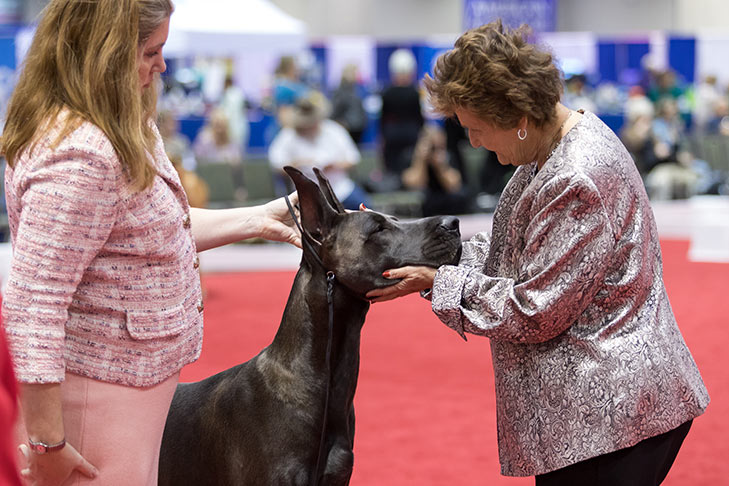
I got to go to a Great Dane dog show. Not only that, I got to step into the show ring for the first time

I got to go to a Great Dane dog show. Not only that, I got to step into the show ring for the first time
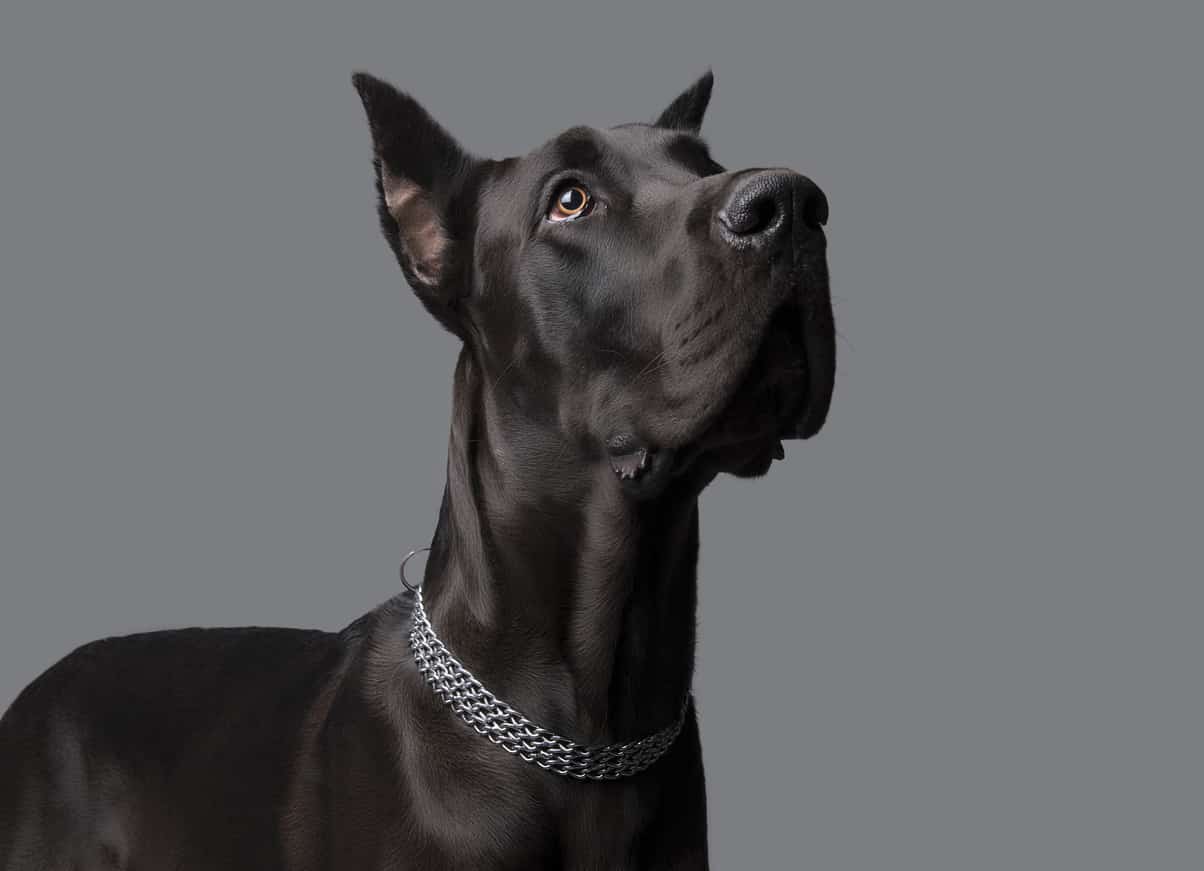
Have you ever wondered about male Great Dane weight, how much an adult Great Dane will weigh, the average weight of a male Great Dane,
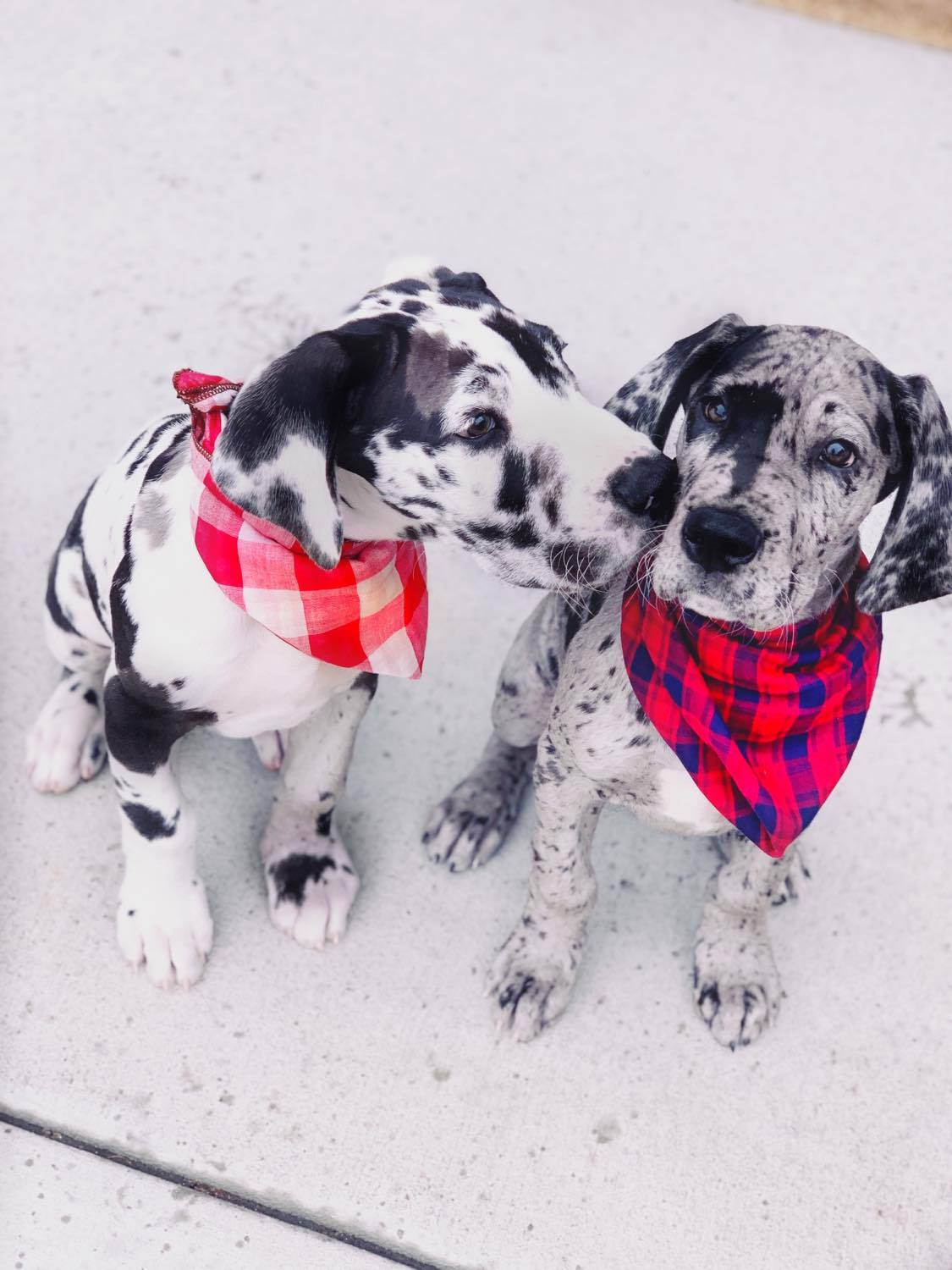
Are you wondering if Great Danes are good with kids and babies? They are MASSIVE dogs, but are they really gentle with children? We believe
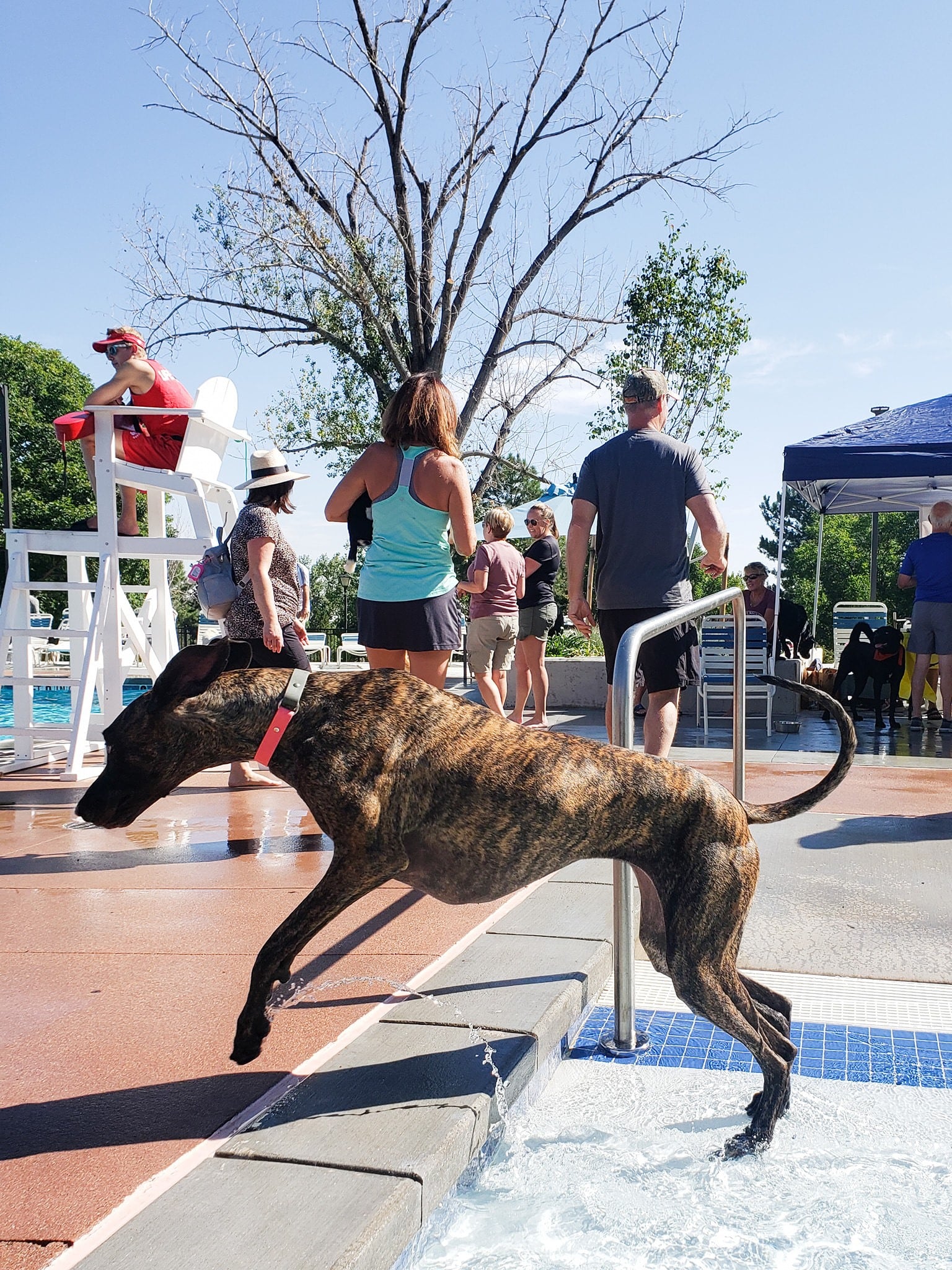
Are Brindle Great Danes Rare? If you are in the market for a Great Dane but are unsure which color will best suit your family,

Do you love BIG dogs? Today we’re talking about the American Great Dane. How are they different from other dogs? We’re diving into that, as
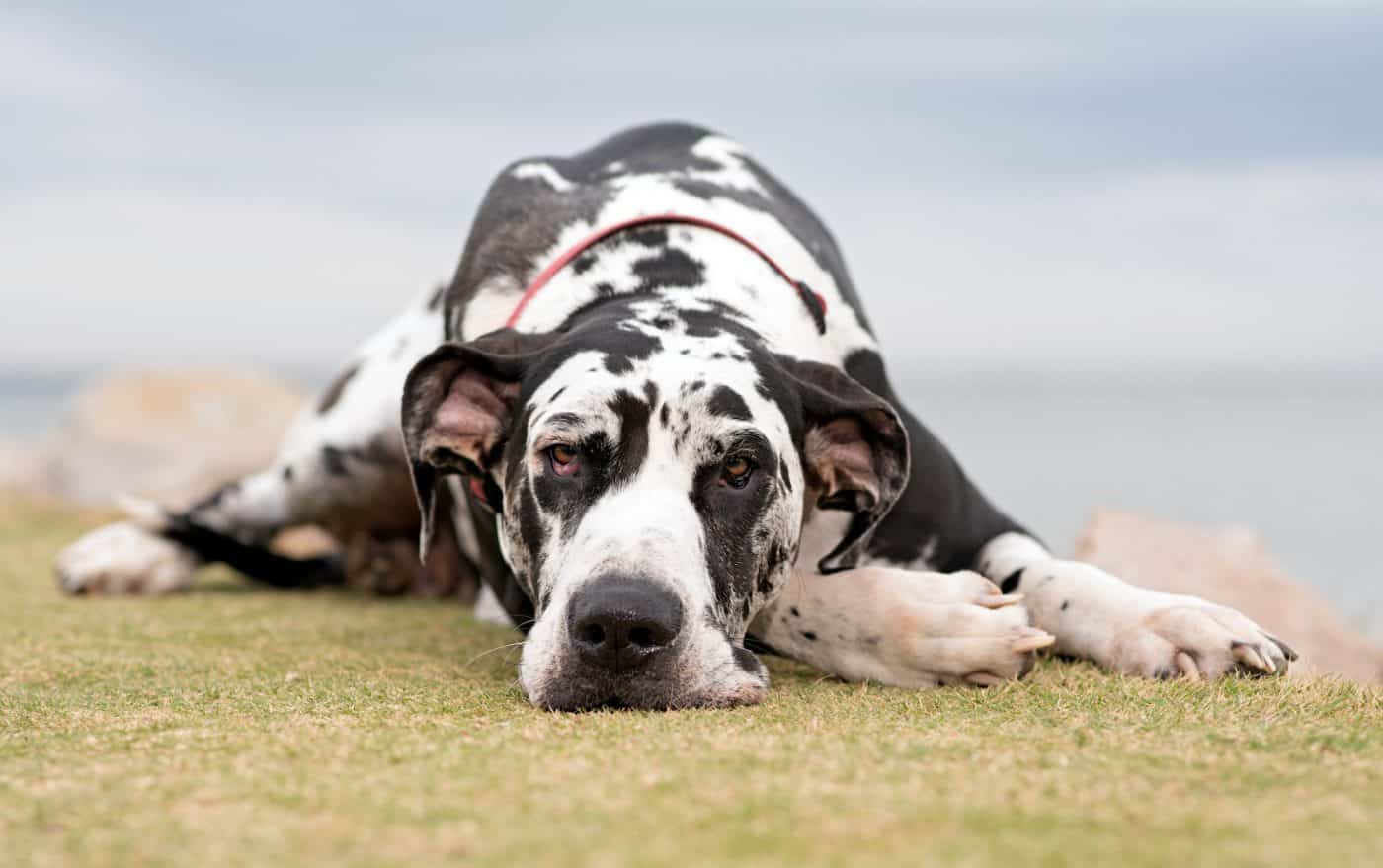
There is a lot of advice and marketing floating around in the world of dogs. A lot of it is dated and much of it
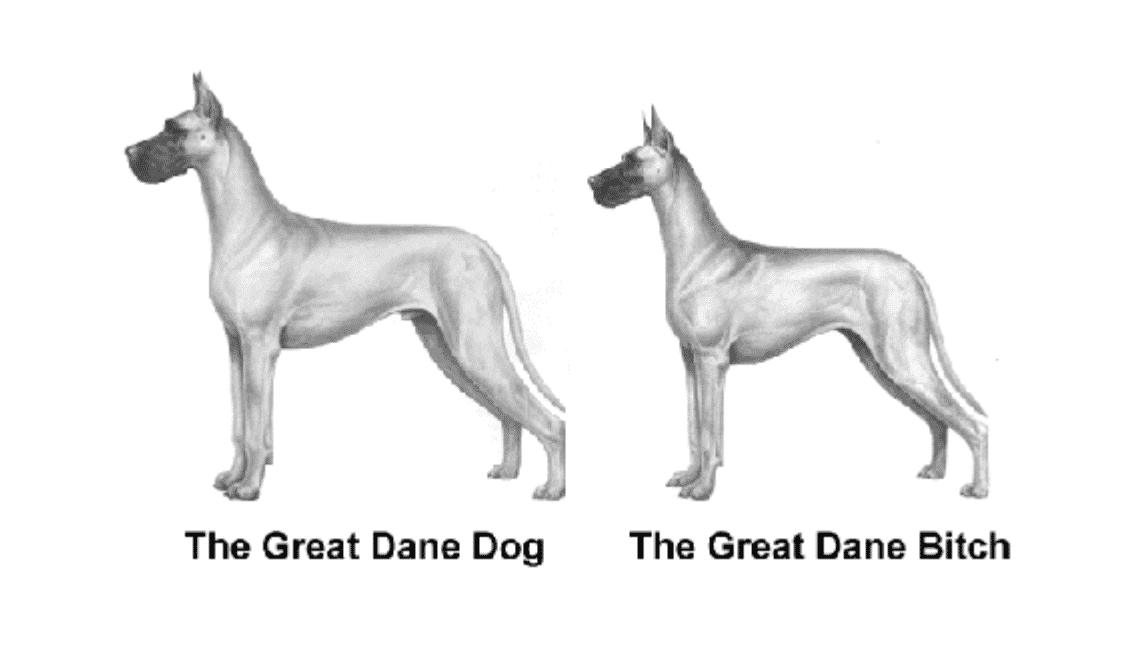
The Great Dane is a breed of dog known for its GIANT size. Today we are discussing the Great Dane breed standard! This standard is
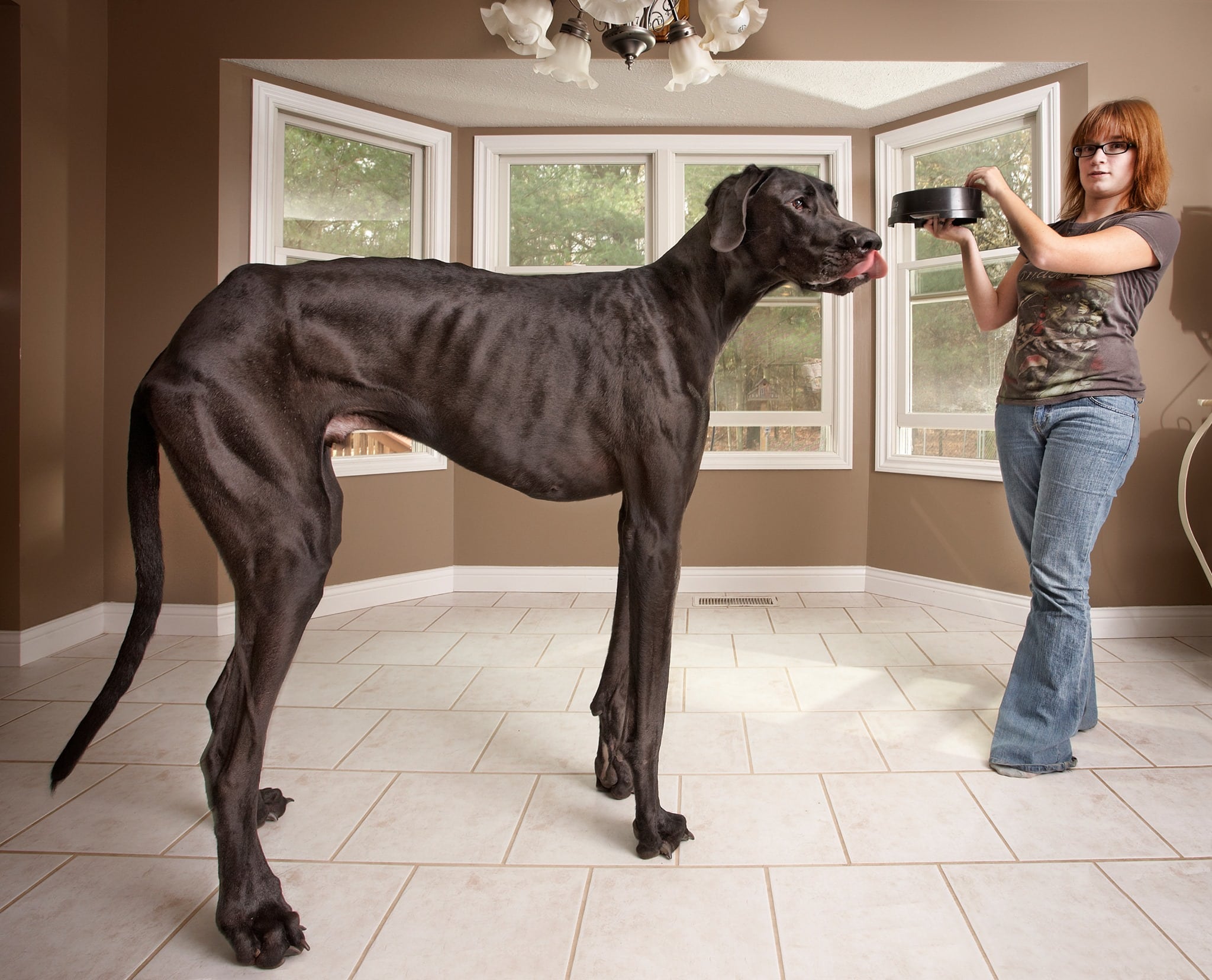
There is a new king of the dog world, and his name is Zeus. This Great Dane was officially declared the tallest dog in the
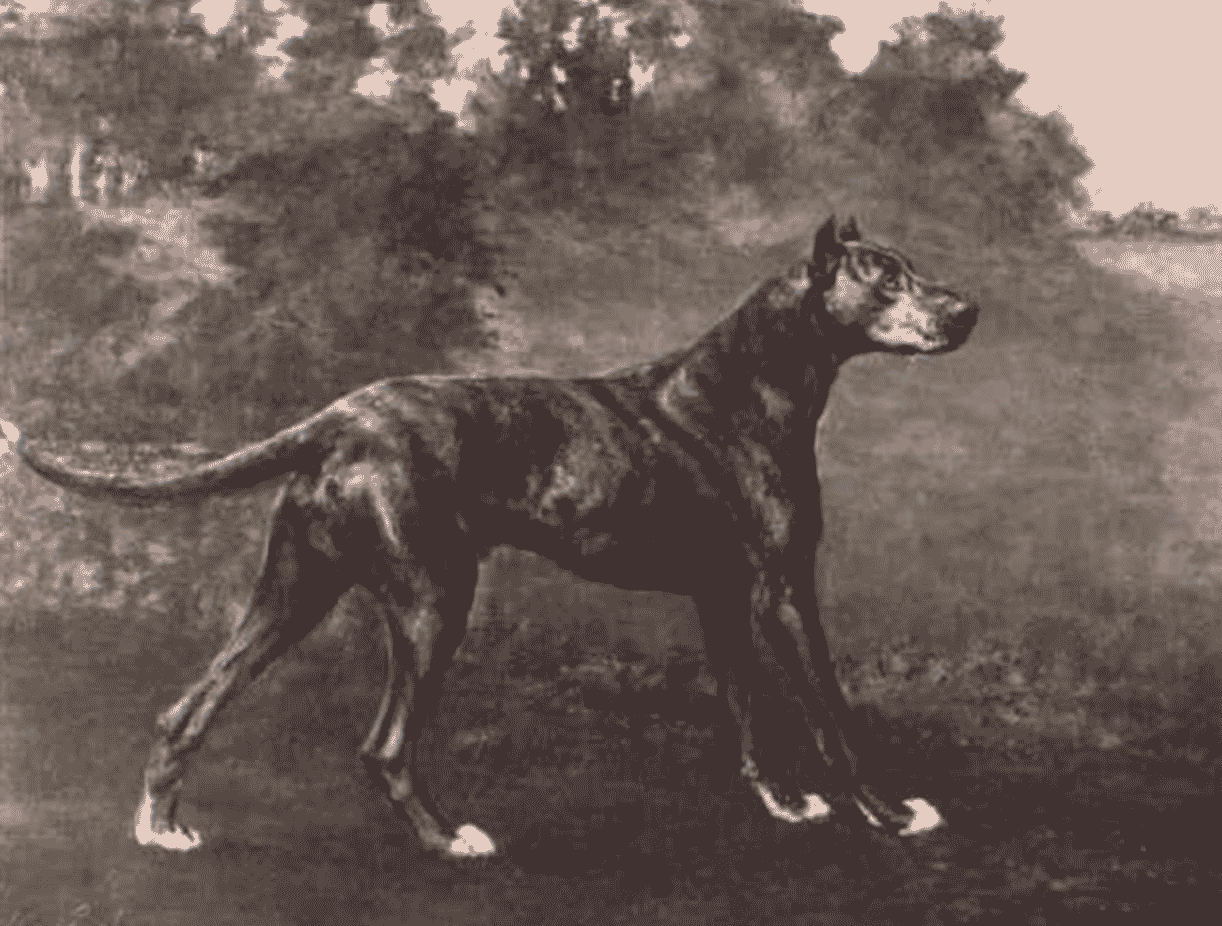
Great Danes are SO lovable, caring and smart- but what were Great Danes bred for? If you’ve ever been around a Great Dane, you know
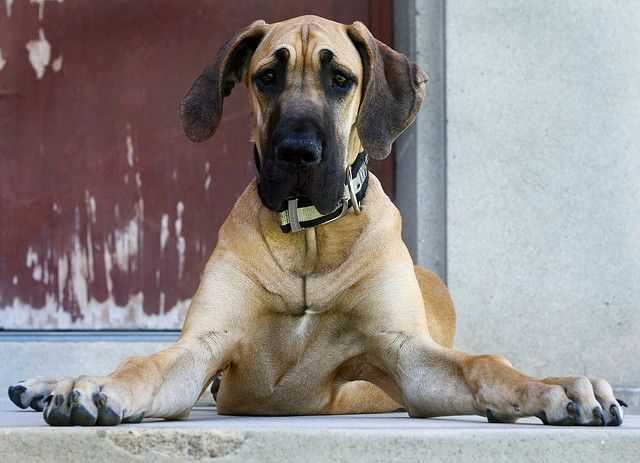
Fawn Great Danes are some of the most magnificent dogs in the world. Here are ten essential items that you will need to buy for